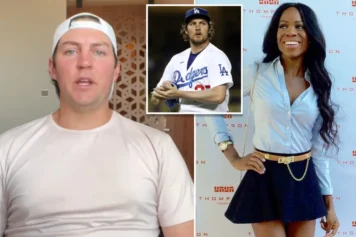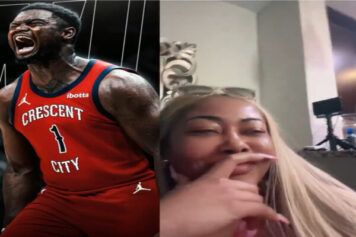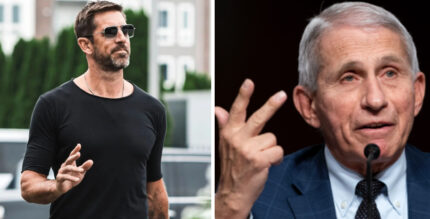The Civil War is wrapping up and all remaining entanglements are being twisted and wrapped together, or at least that’s what the intent is. But there’s always going to be someone upset at the consequences of a huge comic book cataclysm.
From Secret Wars to Crisis on Infinite Earths, and back again, there’s always some gripe about how things end up. Like, for example, many fans hated that New 52 Superman wasn’t as powerful as pre-Flashpoint Superman. With full knowledge of the possibility that I was already going to be biased against any outcome, I took the plunge into Civil War II: The Oath. Boy, I like when I’m proven wrong.

There’s a lot of slow singin’ and proverbial flower bringing. Civil War II: The Oath is similar to a scene from the original Civil War miniseries, which took place a decade ago. So, as we all know from the pages of Captain America: Steve Rogers #1, Captain America ain’t Captain America no more. Well, not just because Sam Wilson is now Captain America, but Steve Rogers is now down with Hydra. I mean, when the whole “Captain America is really a Hydra Agent” slant went down back in Steve Rogers #1 everybody thought it was temporary. Well, it’s going full steam ahead.
No one knows that Rogers is a Hydra Agent but him and the Red Skull. Yup, his eternal foe, wielding yet another Cosmic Cube, this time personified in the form of a little girl called Kobik, has erased Rogers’ entire life and recreated it in his image. The Civil War II arc was all about the future. Now, it is the future. We’ve got a bunch of baby superheroes running around with Ms. Marvel, Miles Morales, Lionheart, Moon Girl and Devil Dinosaur. Banner is dead and Iron Man is in a state of virtual death.

Former S.H.I.E.L.D. director Maria Hill is in hiding because, well…that just seems to be what S.H.I.E.L.D. directors do best (See: Nick Fury). Right away, I knew that there was going to be a lot of dialogue in this book. But I also knew that a great deal of dialogue would be necessary to tell the tale. We start in a room and Hydra Rogers or Captain Hydra or whatever, is talking to the comatose and unresponsive Tony Starks. He’s in a perfectly closed environment and so he feels completely comfortable divulging his plan for world domination.
The entire format is an ode to a scene in Civil War I in which Steve Rogers is the one lying dead on a stretcher and it was Tony Starks pouring his heart out. But Rogers’ isn’t pouring his heart out, he’s exposing his diabolical plan. Writer Nick Spencer delves deeper into the nefarious plans of Rogers, but he depicts the fragility of Captain Marvel’s tough facade, and Tony Stark as a futurist who lost touch with the people.
The countering personality traits of Starks and Carol Danvers are shown as being integral to the escalation of yet another superhero war. Rogers’ tone is admonishing, xenophobic and smoldering. This version of Cap tells Stark that both he and Captain Marvel were so caught up in themselves that each lost the ability to relate to the common man.

Thus, he poses, he has no choice but to take over the world. He mentions the recent Inhumans situation, as well as when Asgard crashed in Oklahoma, and the prior Civil War series as proof of the hubris of all heroes. Meanwhile, young Miles Morales, believing that this Captain America is the Steve Rogers he knows and loves, is still struck by the idea of him killing Captain America, an image that was placed in his head by Ulysses. But he now muses that, just because the Inhuman precog is gone doesn’t mean that he will not end up killing Cap.
As the book comes to an end, we see several full pages meant to give us a glimpse into the future Steve Rogers has in store for the world. As he gives a rousing oratory in front of the gathered superhero community after being sworn in as the new director of S.H.I.E.L.D., there are visions of a totalitarian future, a man chosen for office based on a populist notion based in fear and uncertainty which has Donald Trump written all over it.
The pencil lines are pleasing, forming the curves of Captain Mavel’s smile as perfectly as the conviction in the face of Steve Rogers. The art is filled with grays, blues and other muted colors. Perhaps subdued is a better way to break it down.
Very fitting, very beautiful and very timely.



